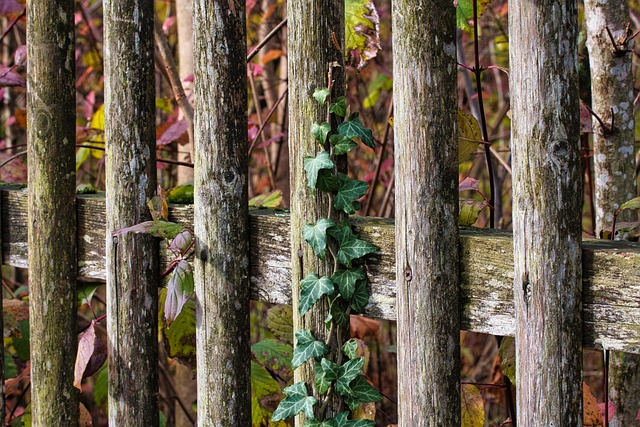In New Bedford, Massachusetts, where seasonal changes significantly impact outdoor structures, proper fence maintenance is essential to ensure longevity and aesthetic appeal. This guide offers practical recommendations for homeowners and property managers to navigate the unique challenges each season presents. From assessing winter damage and preparing fences for spring’s arrival to implementing summer care tips and performing fall checks, these strategies will help maintain the integrity and beauty of your New Bedford fence throughout the year.
- Assessing Winter Damage for New Bedford Fences
- Preparing Fences for Spring in Massachusetts
- Summer Maintenance Tips to Prolong Fence Lifespan
- Fall Checks: Preventing Seasonal Wear and Tear
Assessing Winter Damage for New Bedford Fences
After a long, harsh winter in New Bedford, it’s crucial to assess your fence’s health and any potential damage caused by freezing temperatures and strong winds. Start by inspecting the overall structure for any signs of rot or weakened posts due to moisture accumulation. Fences that have been exposed to salt or de-icing chemicals may also show corrosion or deterioration, especially in metal components. Look for loose, bent, or broken pickets, as these are common issues stemming from winter conditions.
Pay special attention to areas where the fence meets gates or posts, as these joints are often vulnerable to damage during snowy and icy periods. Check for gaps or misalignments that may have appeared due to shifting soil or ice pressure. Addressing these issues promptly will ensure your fence remains sturdy and secure throughout the upcoming seasons.
Preparing Fences for Spring in Massachusetts
As winter’s chill gives way to warmer temperatures, it’s time to prepare New Bedford, Massachusetts fences for spring. The first step is a thorough cleaning and inspection. Remove any debris, such as fallen leaves or branches, that have accumulated over the cold months. This not only improves the fence’s aesthetic appeal but also allows you to spot any potential damage or signs of wear and tear.
After cleaning, apply a fresh coat of paint or sealant if needed. Using weather-resistant products specifically designed for outdoor use will protect your fence from the upcoming seasons’ elements. Ensure all hardware is secure and lubricated, making it easier to open and close gates without hassle. This preparation ensures your fences are ready to stand strong against New Bedford’s spring rains and summer sun.
Summer Maintenance Tips to Prolong Fence Lifespan
Summer is a prime time for fence maintenance to ensure your New Bedford, Massachusetts property’s barrier stays strong and attractive. Regular cleaning is key; sweep or vacuum debris off the fence regularly to prevent dirt and grime buildup. Consider power washing for more stubborn stains, but be mindful of the fence’s material and follow manufacturer guidelines. Repaint or restain the fence at least once a year to protect it from UV damage and prolong its lifespan.
Check for loose or damaged boards, nails, and posts. Replace any worn-out components immediately to avoid structural weaknesses. Keep the area around the fence clear of overhanging branches that can cause shade and accelerate rot. Regular trimming will not only improve the fence’s aesthetic appeal but also extend its life by addressing potential damage from overhead obstacles.
Fall Checks: Preventing Seasonal Wear and Tear
As autumn arrives in New Bedford, it’s crucial to perform a thorough check on your fence to prevent seasonal wear and tear. Inspect for any signs of damage, such as broken or loose boards, rusted posts, or weakened connections. Addressing these issues early can significantly extend the lifespan of your fence.
During this fall check, consider applying a fresh coat of paint or sealant to protect wooden fences from the impending cold weather and snow. This simple step can prevent rot and decay, ensuring your fence remains sturdy through the season. Additionally, ensure all gates and hinges are well-lubricated to allow smooth operation during the changing climate.
